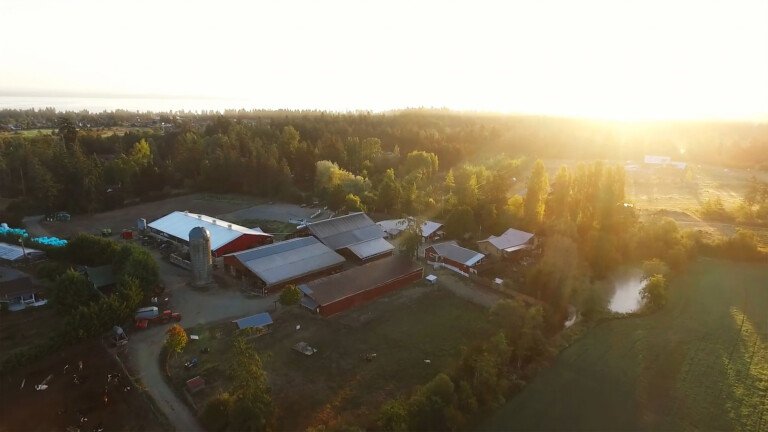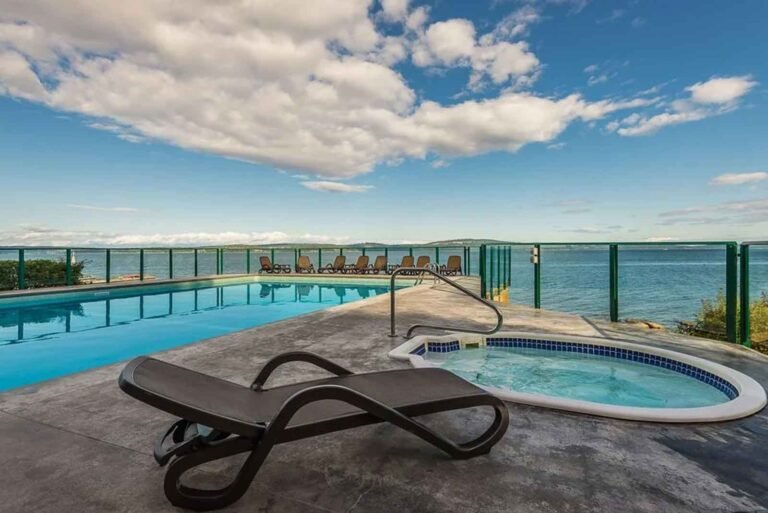The Broken Group Islands Unit of Pacific Rim National Park is a maze of islands, islets, reefs and numerous rocks, providing a variety of exciting diving opportunities. Sites vary from relatively easy, for the less experienced or beginner diver, to challenging sites for the very experienced, advanced diver.
Conditions: Wet or dry suits are essential, as the water temperature ranges between 10 to 14 degrees Celsius (50-58 degrees F). Currents in the area are unpredictable, requiring the use of boat tenders for all dive sites. Large swells are concentrated in shallow areas, surge channels, and narrow passages. Wave action on the surface makes snorkelling both difficult and unsafe.
Marine Life: Avoid the spines of sea urchins, ratfish and dogfish, as they contain a neurotoxin. Do not harass wolf eels, lingcod, sharks, or sea lions as they can inflict great injury if provoked.
Bull sea lions can display very aggressive behaviour. During the mating season, bulls engage in acquiring and defending harems. There are recorded instances of bulls mistaking divers either as new members of their harems or as rivals. A full-grown bull sea lion can weigh up to one ton and is quick, powerful, and very agile underwater. Even while playing, a sea lion can seriously injure a diver. Avoid close proximity to sea lions!
Shipwrecks: There are a number of shipwrecks in the Broken Group Islands. Many are unstable because of rust or shifting with wave action. Do not enter holes in the sides of hulls or frames and do not swim underneath any unsupported or overhanging structures. Note: It is against the law to remove any objects from a shipwreck.
Kelp: Thick beds of kelp grow in relatively sheltered, shallow areas. Carry a knife in case of entanglement.
Plankton Blooms can often limit light penetration and visibility to 1.5 metres, or even less. Divers can easily be separated from one another.
Boat Traffic: Numerous boats travel throughout the islands. Divers must use a dive flag.
All divers should be familiar with west coast ocean and weather conditions. Due to potentially hazardous conditions and unfamiliarity with the area, it is suggested that you dive with local dive charter companies who know the sites well and are in the field frequently enough to be up-to-date on conditions, visibility and the seasonal distribution of marine life. There are diving charter companies and clubs in Port Alberni, Bamfield, Ucluelet, and Tofino. The Broken Group Islands unit in Barkley Sound is also a popular destination for dive charters and adventure tour operators out of Vancouver, Victoria and Nanaimo.
Beginner Dive Sites are shallow (less than 15 metres), and are relatively protected from wind and ocean swell. There are few hazards, such as thick kelp beds, and no strong surge.
Puffin Islet: Maximum depth: 11 to 12 metres
Anchor on northeast (lee) side of island and swim south, exploring the island perimeter. Bottom is composed of large boulders, nooks and crannies, carpeted with pink coralline algae, sea stars, nudibranchs, kelp crabs, octopus, and schools of small rockfish that follow you as you explore. Marine life increases toward the more exposed side of islet.
Hankin Island: Maximum depth: 12 metres
Anchor adjacent to the north, protected shore. Bottom is rocky with lots of crabs, sea stars, sea cucumbers, kelp greenling, nudibranchs and anemones – lots of colour! Some surge in narrow channels. Explore their profusion of life if surge is minimal.
Advanced Dives Sites are deeper, 15 metres to 28 metres, and are more exposed to wind and wave action. Expect swells, current and greater hazard.
Pinnacle Rock: Average depth: 21 to 28 metres
This is a very exposed site, limited to certain sea conditions. Anchorage will depend upon wind direction. Ensure that you have lots of scope on the anchor and check to ensure that the anchor is well fastened by descending the anchor line before exploring the dive site.
There are rock pillars separated by valleys of coarse shell sand. Follow the cleft in rock that forms a great canyon to 28 metres. A variety of marine invertebrates, lobed and stalked tunicates, orange-peel nudibranchs, plumose anemones, along with numerous blue and black rockfish reside here – but it’s the topography of this site that makes it such a dramatic dive!
Plumose Gardens: Average depth: 15 to 20 metres with maximum depths to 25-26 metres.
Situated off the northeast tip of Gibraltar Island at 125 degrees 14′ 30″ West, 48 degrees 55′ 6″ North.
Anchor about 6 metres from the islet on a rocky bottom. Rocky walls drop steeply as short cliffs to 12 metres, grading into coarse sand and shell bottom that continues down very steeply. Prolific beds of huge mussels, with lots of plumose anemones, sea cucumbers, small crabs, and bryozoans clothe the site.
Nearby Regions & Towns:
- Tofino
- Ucluelet
- Pacific Rim (West Coast)
- Pacific Rim Highway 4
- Barkley Sound
- Broken Group Islands
- Bamfield
- Port Renfrew
- Port Alberni
More Information:
Parks Canada – British Columbia
Box 129, 23433 Mavis Avenue
Fort Langley, BC
V1M 2R5
Phone: 604-513-4777






